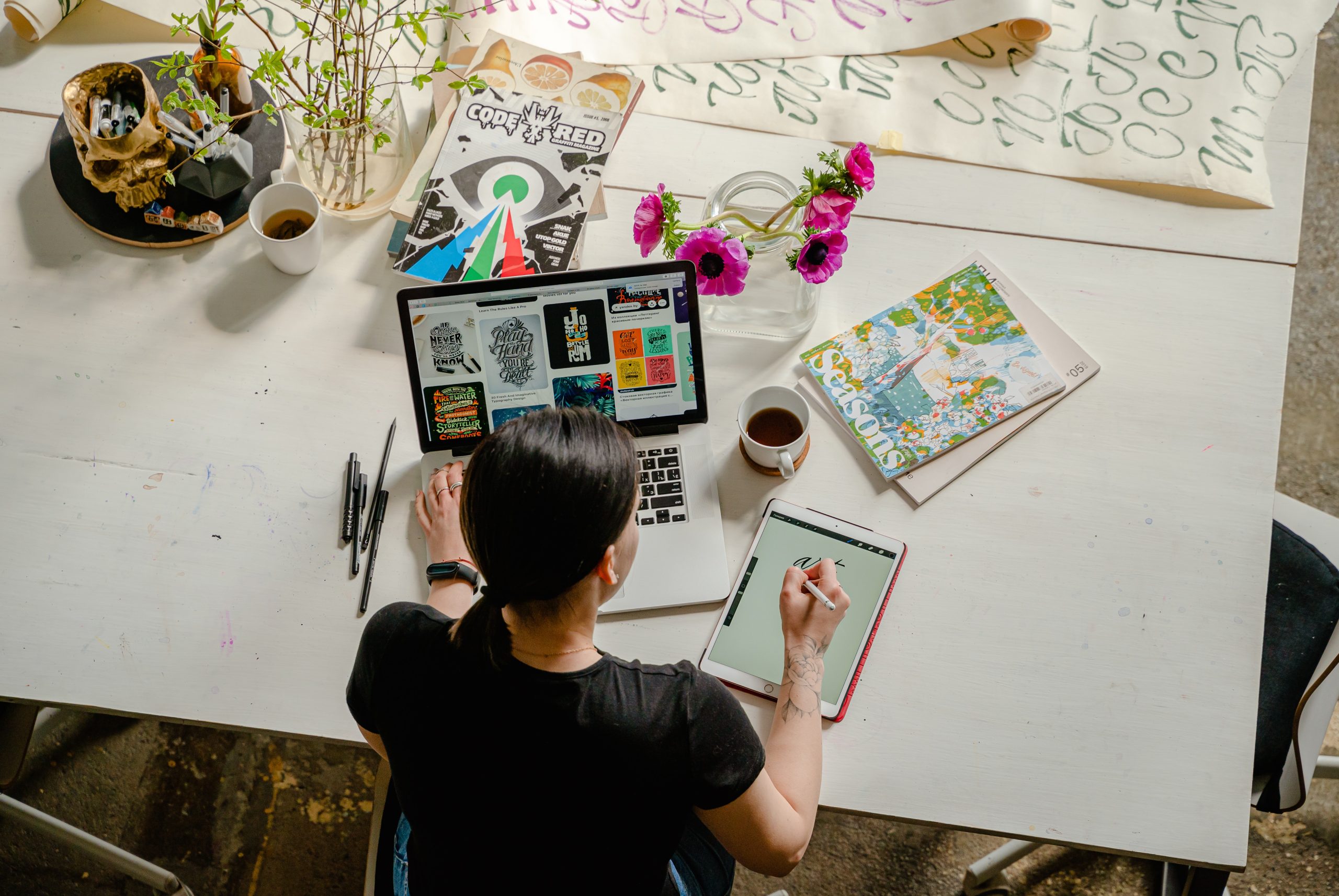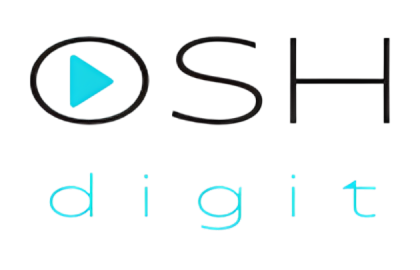Your cart is currently empty!
20. Student’s perception and feedback about the evaluation

The 21st-century competencies are different considering that with COVID-19 digitalization was boosted what brings the necessity to acquire new ones and re-evaluate teaching strategies, particularly because of the unpredictable situations related to relating to those times and the type of teaching context- online (Howe & Watson, 2021).
The 4 most reported are: critical thinking/problem-solving; creativity; communication and collaboration (Education 2030: Incheon Declaration and Framework for Action for the Implementation of Sustainable Development Goal 4, 2016).
PBL it´s a methodology capable to helps develop this kind of competencies in students. C. Alves et al., 2020b) conclude based on the students’ opinions generated during a focus group that the PBL methodology is well accepted by them. Reis et al., (2017) highlight positive aspects such as motivated students, enhancement of skills developed by the students in achieving the projects, pro-activity, teamwork improvement, autonomy, communication, commitment, problem-solving skills, innovative thinking, critical thinking, creativity and design capability.
Peer assessment and workload related to milestones are the characteristics PBL methodology seen by some as difficult processes and, in this learning methodology. The assessment must centre on the perspective of assess for and as learning, rather than the traditional optics of assessment of learning, (L. Earl & S. Kartz, 2006). Nevertheless, is important to include the students’ opinions to establish student-centred learning correctly in their learning process. The questions included in the resulting document (see “Students Perception Questionnaire file”) will predictably allow identifying strengths and weaknesses of the PBL approach.
-
20. Student’s perception and feedback about the evaluation
The 21st-century competencies are different considering that with COVID-19 digitalization was boosted what brings the necessity to acquire new ones and re-evaluate teaching strategies, particularly because of the unpredictable situations related to relating to those times and the type of teaching context- online (Howe & Watson, 2021). The 4 most reported are: critical thinking/problem-solving; creativity;…
-
21. Resources

Resources can be physical or digital. A set of tools that can be used in the different approaches to problem-solving in the different phases will be supplied. Students should use several reputable platforms to substantiate their research, but they can also use physical resources generally used in interacting with labour environments, like equipment and “paper-pencil”…
-
22. Bibliography

Alves, A. C., & Eira, R. (2015). A aprendizagem implícita do Empreendedorismo no desenvolvimento de projetos interdisciplinares. 8–24. Alves, A. C., & Leão, C. P. (2015). Action, practice and research in project based learning in an industrial engineering and management program. ASME International Mechanical Engineering Congress and Exposition, Proceedings (IMECE), 5–2015. https://doi.org/10.1115/IMECE2015-51438 Alves, A. C.,…
